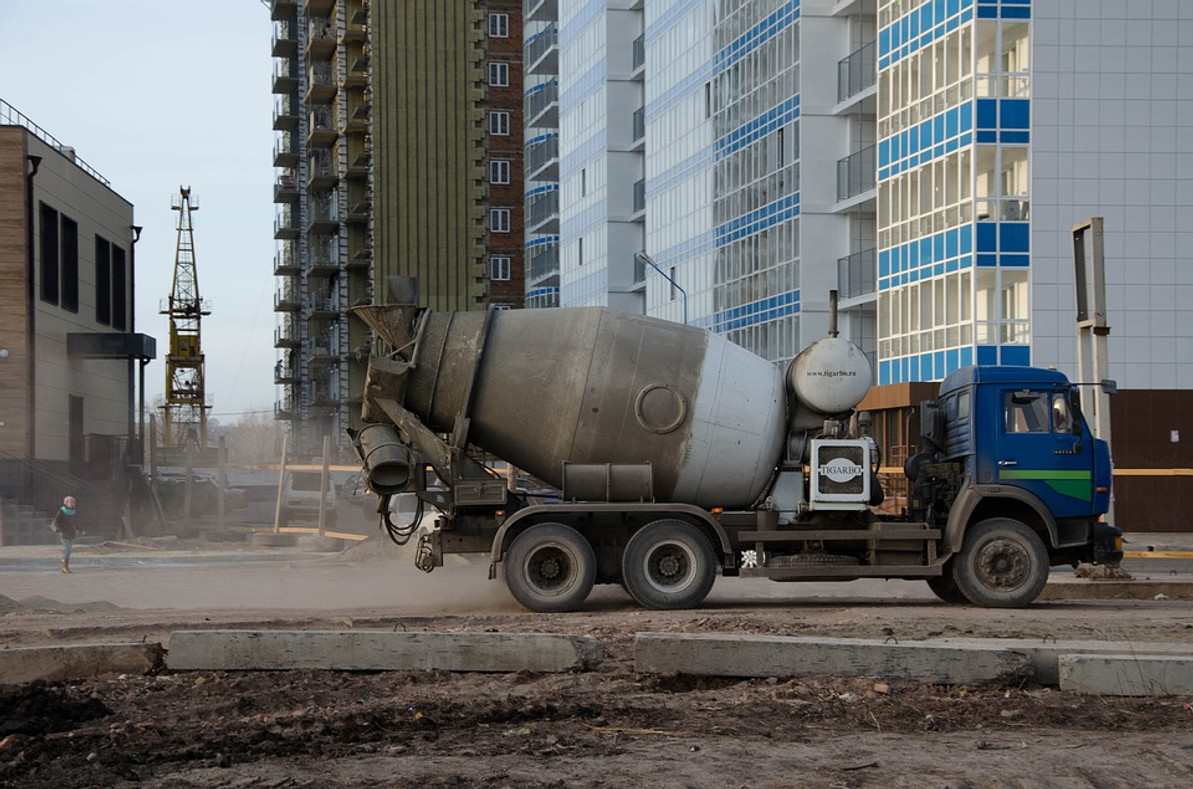5 Safety Tips to Follow When Working With Concrete
Working with concrete can be dangerous. Many constructions workers are required to mix and spread concrete. The construction industry, of course, has one of the highest rates of fatal injuries. If your job requires you to work with concrete, you should follow these safety tips to lower your risk of injury. Taking some basic safety precautions can keep you safe from injury.
#1) Choose the Right Gloves
Gloves are an essential form of personal protective equipment (PPE) when working with concrete. They can protect your hands from lacerations caused by dry concrete, and they can protect your hands from burns and irritation caused by wet concrete. For maximum protection, though, you should choose gloves made of an alkali-resistant material. Alkali-resistant materials are able to protect against the acidic compounds in wet concrete.
#2) Lift Bags With Your Legs
You'll probably need to lift bags of concrete before mixing it. Concrete bags, of course, are oftentimes heavy. They can weigh anywhere from 20 to 100 pounds. To lower your risk of back injury, lift with your legs. You can lift bags of concrete by bending your knees while keeping your back and spine straight. Bending your knees will essentially allow you to lift with your legs rather than your back.
#3) Avoid Contact With Dry Concrete
Try to avoid direct contact with dry concrete. Dry concrete is a skin irritant. If it lands on your skin, it may cause itching, burning or general discomfort. The easiest way to prevent contact with dry concrete is to wear long-sleeve pants and a long-shirt top. But if you happen to get any dry concrete on your skin, you can rinse it off with cool water.
#4) Wear Eye Protection
In addition to gloves, you should wear eye protection when working with concrete. Concrete doesn't just irritate the skin; it can irritate the eyes. If you get dry concrete in your eyes, in fact, it may cause an eye injury. Dry concrete is abrasive, and it can damage the delicate tissue of the eyes. Fortunately, eye protection is available to prevent this from happening. You can choose impact-resistant safety glasses to shield your eyes from concrete.
#5) Beware of Air Pollution
Concrete particles are a form of air pollution. They can fill the air with particulate matter while placing you at risk for respiratory distress. If there's a risk of concrete-related air pollution, you should wear the proper respiratory protection as well.
Recent Posts
-
Fire Safety in the Workplace: What You Need to Know
What steps are you taking to prevent fires in your workplace? According to the U.S. Occupational Saf …Aug 23rd 2023 -
Is It Safe to Go Jogging With a Cold Infection?
If you're suffering from a cold infection, you might be wondering whether it's safe to go jogging. T …Aug 22nd 2023 -
5 Safety Tips to Follow When Using a Powder-Actuated Tool
Powder-actuated tools are commonly used to join materials to steel and concrete. Also known as Hilti …Aug 20th 2023




